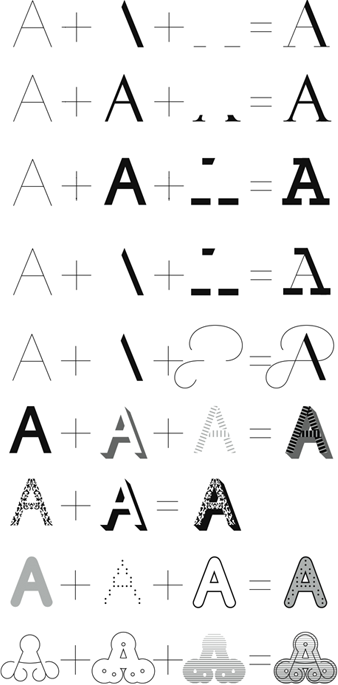Background
Kinetic typography is the creation of moving type. It combines animation and typography to create dynamic and interesting videos. It has become very popular visual tool which can be used in a range of ways, from television commercials to website landing pages. When done correctly, this form of typography is quiet eye-catching.
This animated technique is used to make type shrink, grow, fly around, expand, and even explode. Kinetic typography can be used to create a short and simple effect, or it can have a long and elaborate effect. A main reason for its rise in popularity: kinetic energy has gotten so much attention recently because of the use of the technique in web design. Many websites are using kinetic typography as a background effect on websites and web-based videos. Kinetic energy is so interesting because it can help convey emotion as well as tone. It is also an affordable technique, and due to increased internet and web surfing speeds it has become easily accessible.
FOUNDER
Although kinetic energy has just now become a popular technique, it has been around for a while, and it was first used in theaters. The first use of kinetic typography was in 1959 in Alfred Hitchcock’s 1959 film “North by Northwest”
A year later, kinetic typography was used once again in yet another Alfred Hitchcock film, “Psycho.” The opening credits used the same technique, this time to set the mood for the film, instead of just listing the information of the film.
From this point, this technique became much more prominent in film, and later on in television. In our time now, it’s used for advertisements, during shows, and of course credits. In fact, it can be combined with other creative techniques in very interesting and informative ways!


























